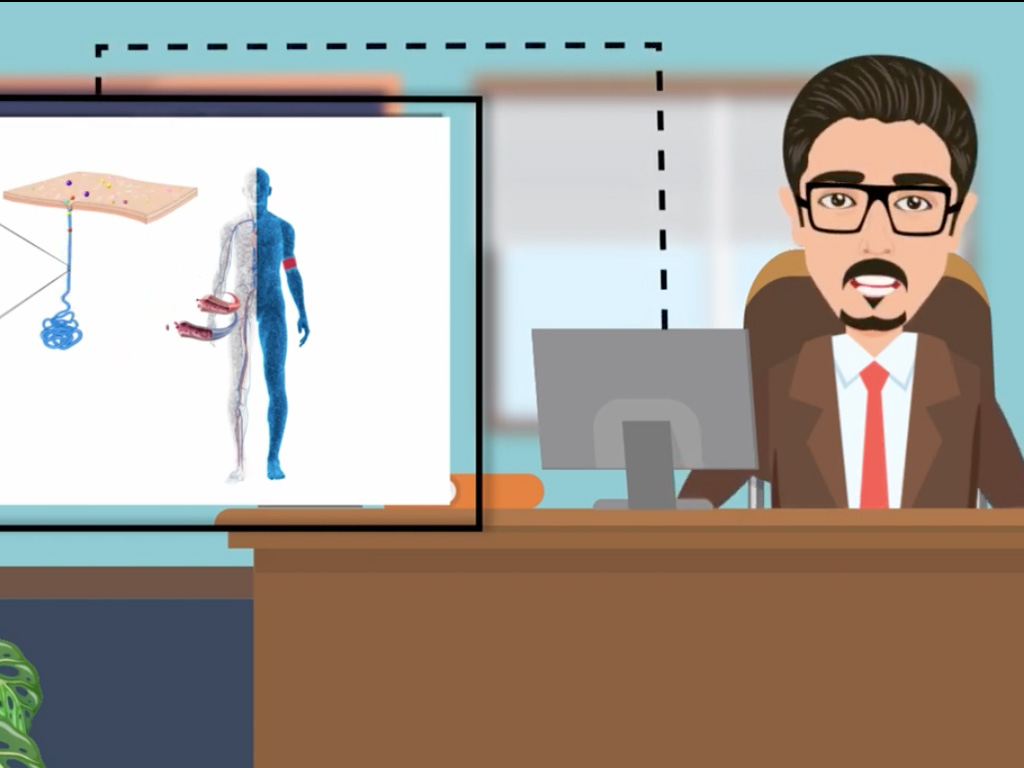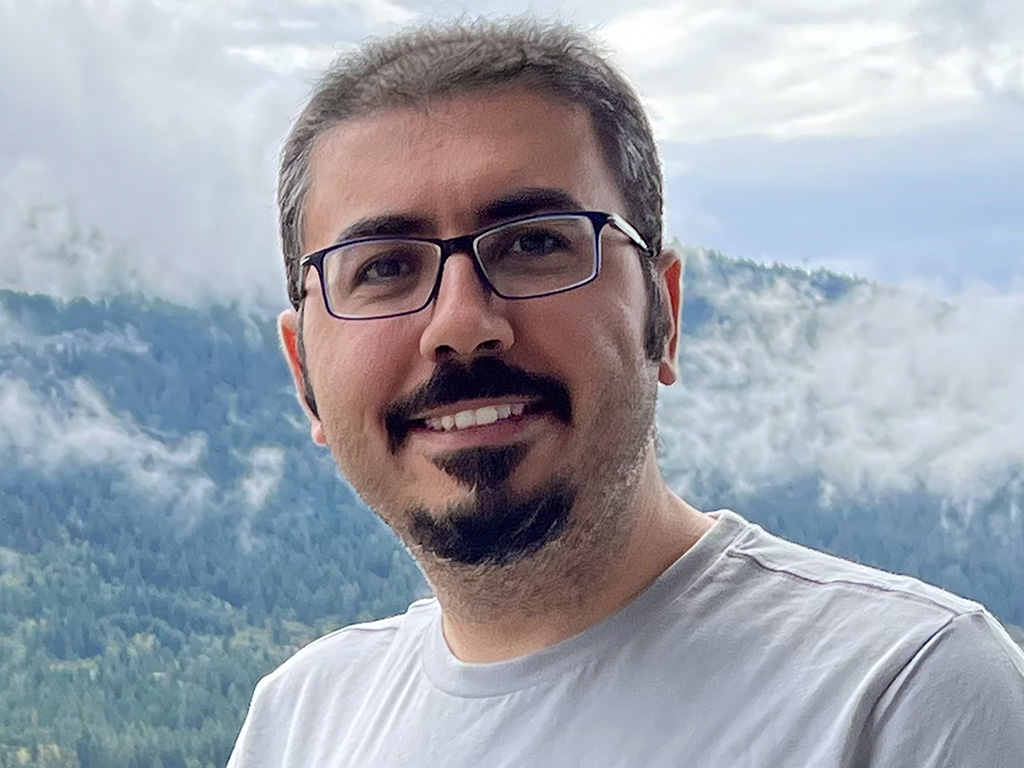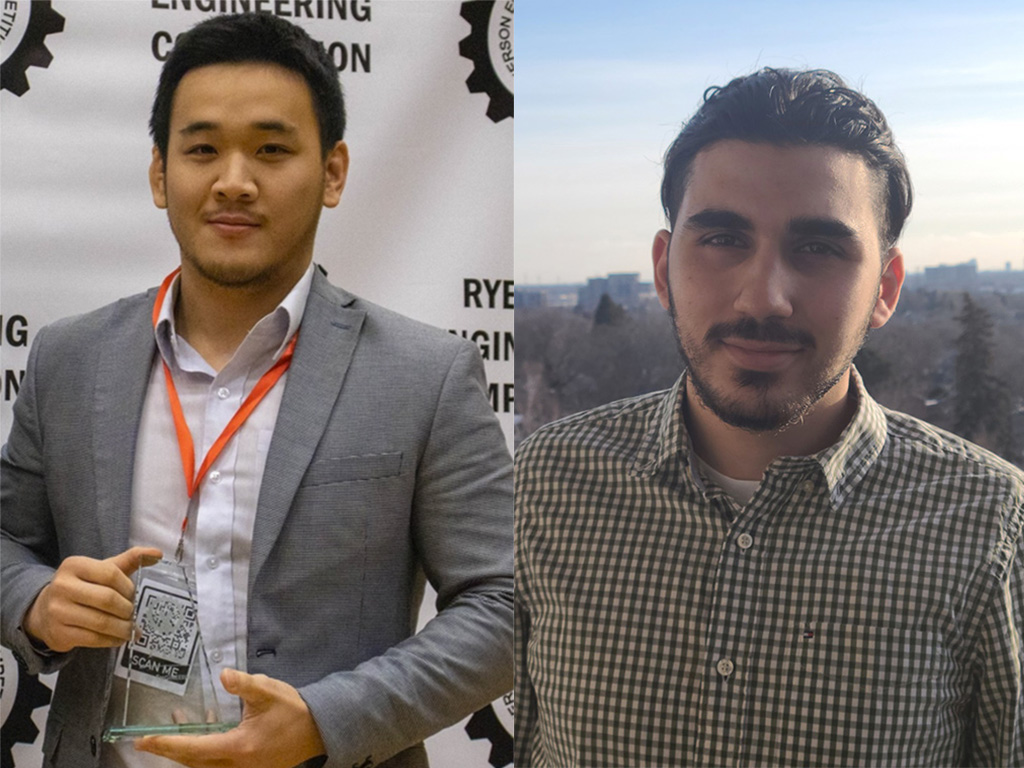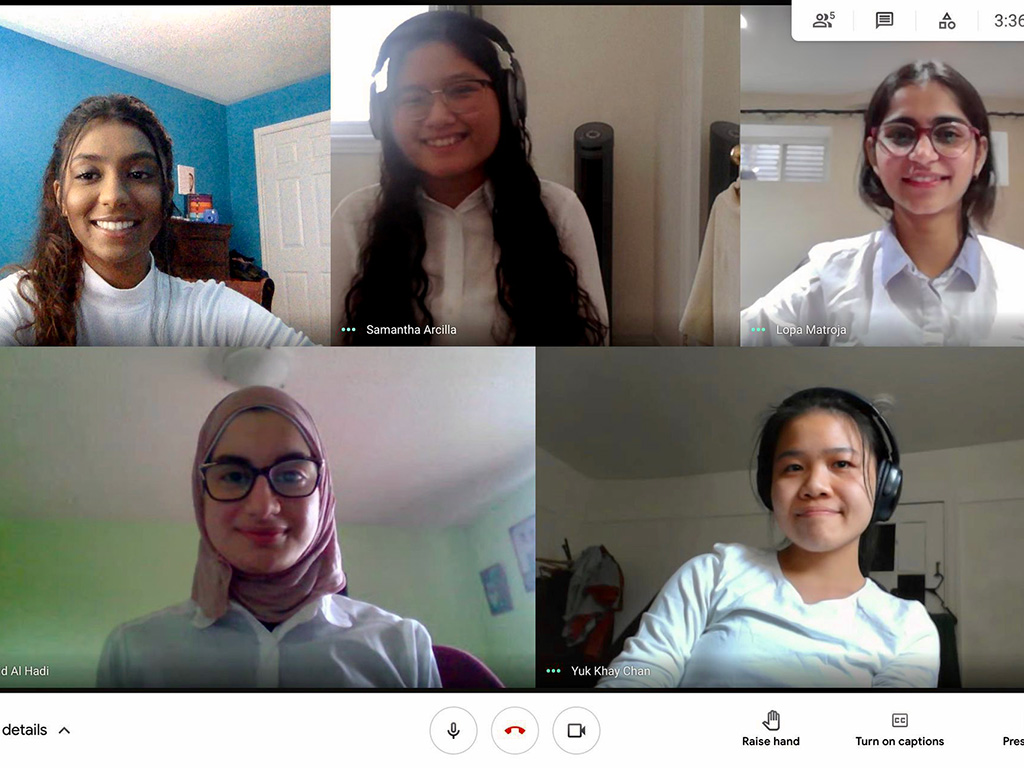Engineering students create competition-winning submissions

Reza Eslami’s video “From Vision to Reality: Self-Powered Non-Invasive Wearable Health Monitoring Devices” won first place in the GRADFlix competition
When competitions challenged engineering students to communicate their ideas concisely and straightforwardly, they created winning presentations by going outside their comfort zones and expanding their skills. Recent first-place-winning competition submissions include a two-minute animated video on wearable health devices, a robust research paper on robotics and a tightly choreographed group presentation with unique, sustainable energy solutions. The successful students proved the value of their solutions to experts and non-experts alike.
GRADFlix digital narrative competition
Reza Eslami, a third-year chemical engineering PhD candidate, was inspired to enter GRADFlix, The Yeates School of Graduate Studies’ (YSGS) annual video competition, to showcase his research and gain valuable feedback. “I wanted to get feedback on my research from non-scientific audiences to ensure it can be applied to daily life,” he said. The competition, where he earned the first-place $1,000 prize, challenged Eslami to explain his complex research into non-invasive, self-powered biosensor wristbands for diabetes self-care in a concise and well-paced visual format.

Reza Eslami, a third-year chemical engineering PhD candidate, conducts research into non-invasive, self-powered biosensor wristbands for diabetes self-care
To meet the challenge, Eslami drew on skills he’d gained through entrepreneurship programs such as Mitacs Accelerate Entrepreneur (external link, opens in new window) and Innovation Boost Zone (IBZ), where he learned how to pitch ideas and projects as a tech entrepreneur. Problem-solving skills he’d nurtured throughout various research projects and a critical reflection framework that asks “What? So What? Now What?” influenced the video script’s trajectory.
These resources, valuable feedback from GRADflix advisors and unconditional support, training and in-depth knowledge from supervisors Hadis Zarrin and Mehrab Mehrvar helped Eslami simplify his scientific concepts for the two-minute video. “Even though GRADFlix was a very different experience, the fundamentals of pitching my ideas were the same,” said Eslami. “Participating in this competition was an excellent opportunity to advance my research communication skills and build my online network to attract attention to the importance of what I am doing.”
18th Conference on Robots and Vision
When mechanical engineering students Hussein Ali Jaafar and Bruce Hsueh submitted their academic paper to the 18th Conference on Robots and Vision, their goal was to publish their research on robotics path planning. So it was a bonus when the two mechatronics undergraduates, along with their research supervisor, Sajad Saeedi, won the best robotics paper award. “It shows us that bachelor students can contribute to state-of-the-art research,” said Hsueh.

Bruce Hsueh and Hussein Ali Jaafar collaborated on their winning robotics academic research paper
Offering support, technical knowledge and funding opportunities, Saeedi introduced the students to an existing Imperial College, London graduate project, “PathBench: A Benchmarking Platform for Classical and Learned Path Planning Algorithms.” “We extended the platform and introduced more features until the project was ready to be published,” said Hsueh.
For his part, Jaafar focused on Waypoint Planning Networks (WPN), a hybrid machine learning path-planning algorithm for applications such as robotic manipulators and autonomous vehicles. “This project allowed me to advance my technical and analytical skills in robotics development frameworks and novel machine learning techniques,“ said Jaafar. The university’s Undergraduate Research Opportunities (URO) program, which provides funding for undergraduate students looking to pursue research studies, was critical in getting him started on the project.
“Presenting the paper at this conference was an excellent networking opportunity,” he said. According to Hsueh, “this project challenged us to understand and apply new research and improve our programming and mathematical skills. Having strong publications as an undergraduate will help my graduate school application tremendously.” Learn more about their research on the university’s Alumni Engagement and Giving website.
Clean Energy Zone Sustainability Design Challenge
The Clean Energy Zone’s annual Sustainability Design Challenge gave teams just five minutes to present their five economically viable solutions to sustainability issues for cities and communities. Team 4’s five members – undergraduates enrolled in chemical and aerospace engineering – rose to this challenge and secured the competition’s top prize by increasing their organization, communication and teamwork. They quickly learned how to initiate, plan and execute a project over Google Meet to a tight deadline with team members they had never met.

Team 4 members (clockwise from top left) Prrunthaa Santhirakumaran, Samantha Arcilla, Lopa Matroja, Yuk Khay Chan and Sara Abid Al Hadi won a spot at the Clean Energy Zone
“We saw this opportunity as a way to develop and enhance our skills,” said the team.” We wanted to get out of our comfort zone and learn something new from students with diverse engineering backgrounds.” It helped that the team members already had experience from their engineering curriculum in creating effective designs and successfully building strategic plans.
The team’s unique proposal to promote energy harvesting from day-to-day activities, including revolving doors, spring-powered elevators and new products that don’t yet exist, helped them stand out from their competitors. “I was surprised at the level of detail in the presentation,” said Bolis Ibrahim, an established Clean Energy Zone entrepreneur and one of the competition judges. As well as a cash prize, the team earned the opportunity to incubate at the Clean Energy Zone, where they can take their designs to the next level. Learn more about the team’s research on the Centre for Urban Energy website.